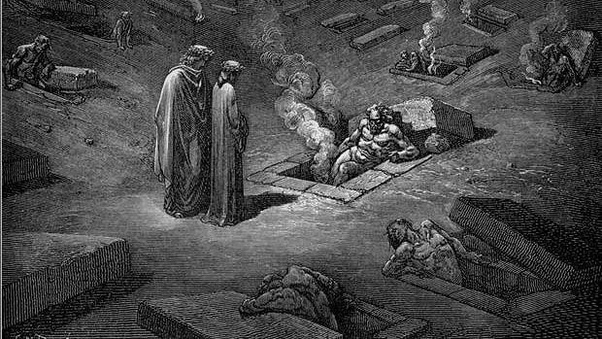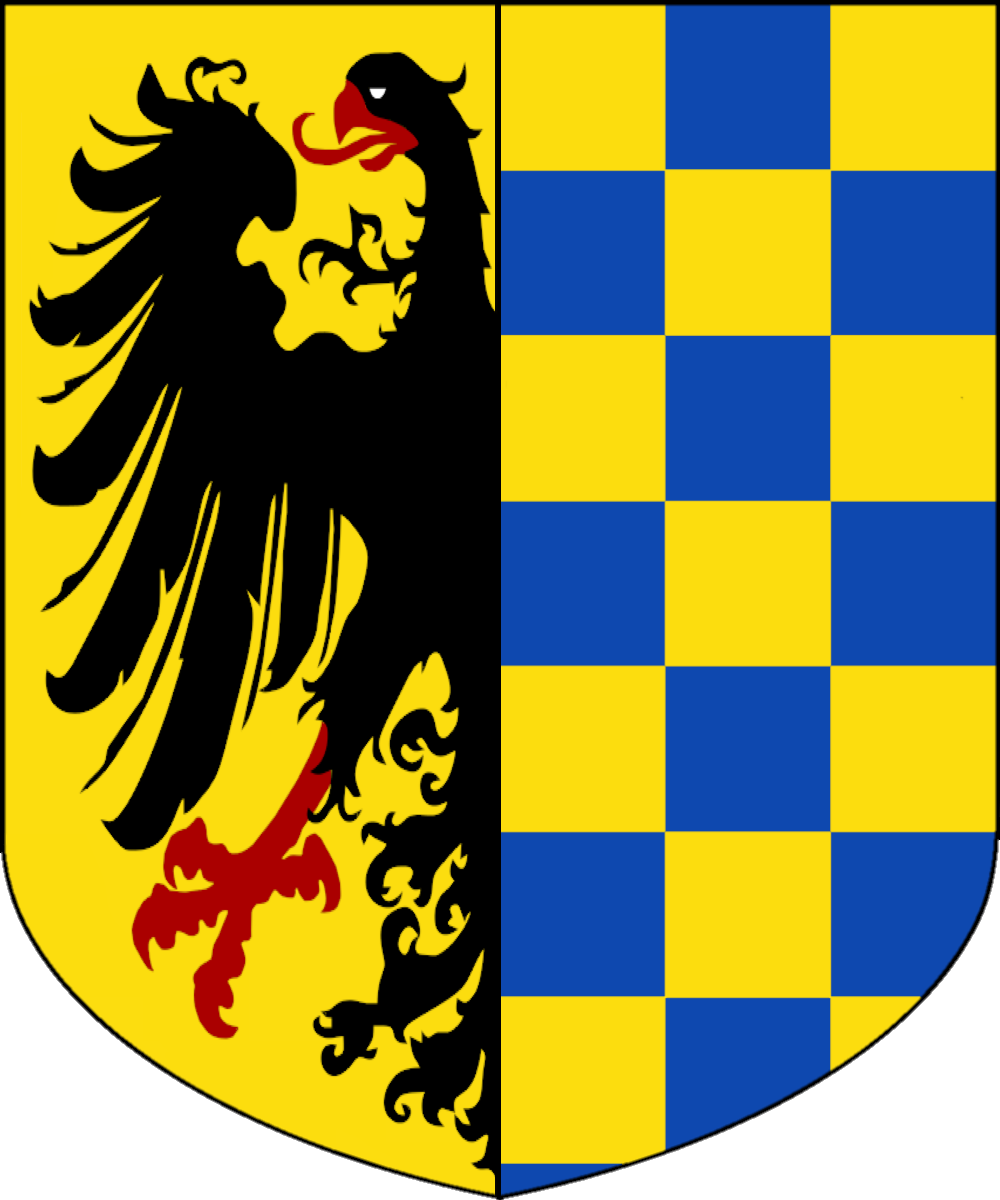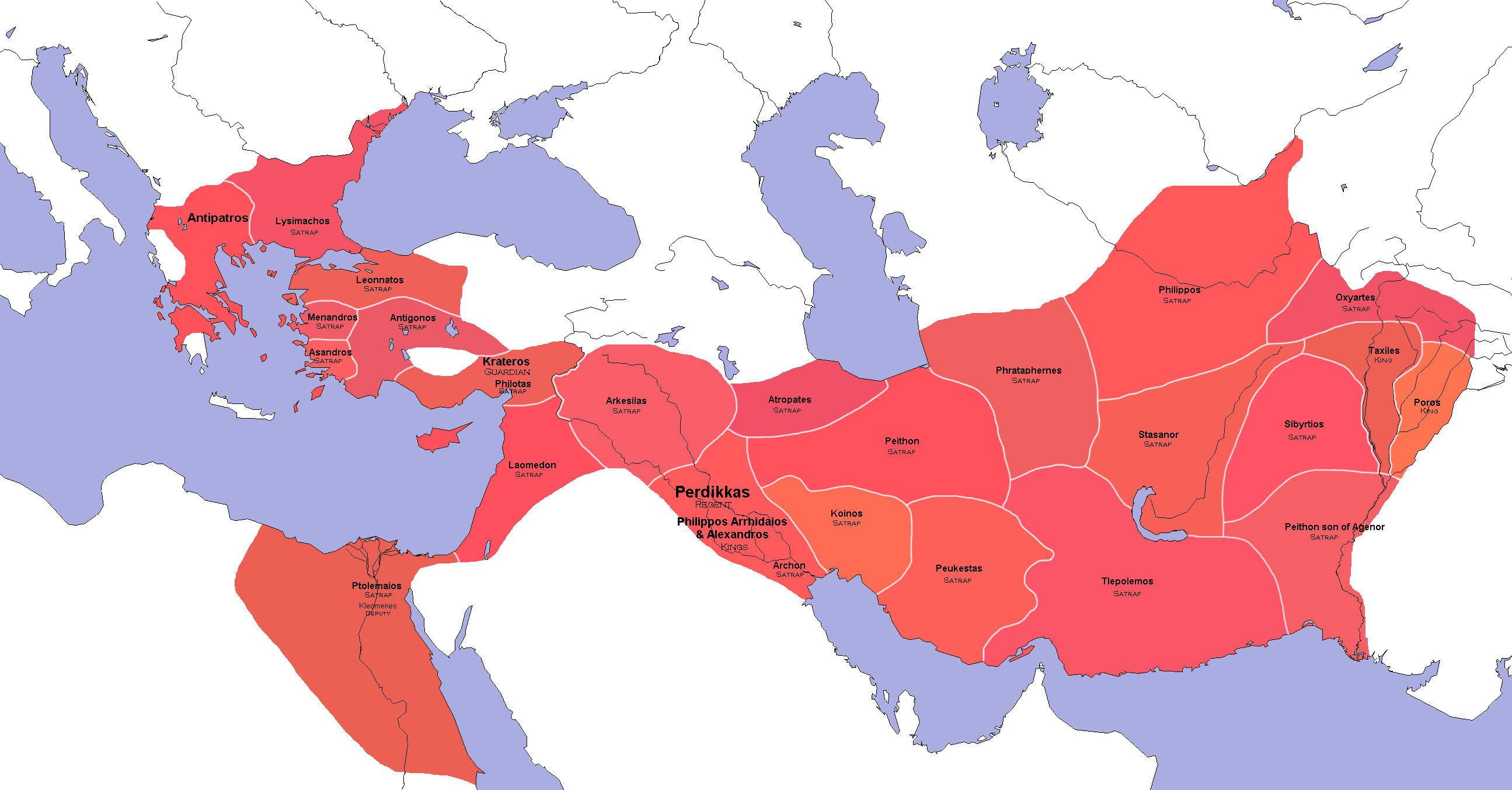|
Heresiarch
In Christian theology, a heresiarch (also hæresiarch, according to the ''Oxford English Dictionary''; from Greek: , ''hairesiárkhēs'' via the late Latin ''haeresiarcha''Cross and Livingstone, ''Oxford Dictionary of the Christian Church'' 1974) or arch-heretic is an originator of heretical doctrine or the founder of a sect that sustains such a doctrine. Examples * Marcion, the founder of Marcionism * Arius, the founder of Arianism * St. Augustine refers to Mani, the founder of Manichaeism, as a heresiarch. * Menocchio, an Italian miller who was burned at the stake in 1599 * Catholics, especially traditionalist Catholics such as Hilaire Belloc, consider Martin Luther, John Calvin, and other leaders of the Protestant Reformation to be arch-heretics. * Conversely, some fundamentalist Protestants (including Alexander Hislop and Charles Chiniquy) have used the term to refer to the papacy and the members of the Roman Curia. * Martin of Armenia, the fictional founder of the ... [...More Info...] [...Related Items...] OR: [Wikipedia] [Google] [Baidu] |
Heresy
Heresy is any belief or theory that is strongly at variance with established beliefs or customs, in particular the accepted beliefs of a church or religious organization. The term is usually used in reference to violations of important religious law, religious teachings, but is also used of views strongly opposed to any generally accepted ideas. A heretic is a proponent of heresy. The term is used particularly in reference to Heresy in Christianity, Christianity, Heresy in Judaism, Judaism, and Bid‘ah, Islam. In certain historical Christian, Muslim, and Jewish cultures, among others, espousing ideas deemed heretical has been (and in some cases still is) met with censure ranging from excommunication to the death penalty. Heresy is distinct from apostasy, which is the explicit renunciation of one's religion, principles or cause; and from blasphemy, which is an impious utterance or action concerning God or sacred things. Heresiology is the study of heresy. Etymology Derived f ... [...More Info...] [...Related Items...] OR: [Wikipedia] [Google] [Baidu] |
Menocchio
Menocchio (Domenico Scandella, 1532–1599) was a miller from Montereale Valcellina, Italy, who was tried for heresy by the Roman Inquisition for his unorthodox religious views and then was burnt at the stake in 1599. The 16th-century life and mediaeval religious beliefs of Menocchio are known from the records of the Inquisition, and are the subject of '' The Cheese and the Worms'' (1976) by Carlo Ginzburg, as well as of the stageplay ''Menocchio'' (2002) by Lillian Garrett-Groag and the film ''Menocchio'' (''Menocchio the Heretic'') (2018) by Alberto Fasulo. Biography His parents were Zuane and Menega. He lived most of his life in Montereale, except for two years when he was banished from the town for brawling. He had learned to read and read a number of contemporary works on religion and history. From these, he developed his religious views that departed substantially from Catholic orthodoxy of the time. He was first tried for heresy in 1583, and abjured his statements i ... [...More Info...] [...Related Items...] OR: [Wikipedia] [Google] [Baidu] |
Gustave Dore - Dantes Inferno - ArchHeretics
Gustav, Gustaf or Gustave may refer to: *Gustav (name), a male given name of Old Swedish origin Art, entertainment, and media * ''Primeval'' (film), a 2007 American horror film * ''Gustav'' (film series), a Hungarian series of animated short cartoons * Gustav (''Zoids''), a transportation mecha in the ''Zoids'' fictional universe *Gustav, a character in ''Sesamstraße'' *Monsieur Gustav H., a leading character in ''The Grand Budapest Hotel'' Weapons *Carl Gustav recoilless rifle, dubbed "the Gustav" by US soldiers * Schwerer Gustav, 800-mm German siege cannon used during World War II Other uses * Gustav (pigeon), a pigeon of the RAF pigeon service in WWII * Gustave (crocodile), a large male Nile crocodile in Burundi *Gustave, South Dakota *Hurricane Gustav (other), a name used for several tropical cyclones and storms *Gustav, a streetwear clothing brand See also *Gustav of Sweden (other) *Gustav Adolf (other) *Gustave Eiffel (other) * * *Gusta ... [...More Info...] [...Related Items...] OR: [Wikipedia] [Google] [Baidu] |
Protestant Reformation
The Reformation (alternatively named the Protestant Reformation or the European Reformation) was a major movement within Western Christianity in 16th-century Europe that posed a religious and political challenge to the Catholic Church and in particular to papal authority, arising from what were perceived to be Criticism of the Catholic Church, errors, abuses, and discrepancies by the Catholic Church. The Reformation was the start of Protestantism and the split of the Western Church into Protestantism and what is now the Roman Catholic Church. It is also considered to be one of the events that signified the end of the Middle Ages and the beginning of the early modern period in Europe.Davies ''Europe'' pp. 291–293 Prior to Martin Luther, there were many Proto-Protestantism, earlier reform movements. Although the Reformation is usually considered to have started with the publication of the ''Ninety-five Theses'' by Martin Luther in 1517, he was not excommunicated by Pope Leo X ... [...More Info...] [...Related Items...] OR: [Wikipedia] [Google] [Baidu] |
Pope Anastasius II
Pope Anastasius II (died 19 November 498) was the bishop of Rome from 24 November 496 to his death. He was an important figure in trying to end the Acacian schism, but his efforts resulted in the Laurentian schism, which followed his death. Anastasius was born in Rome, the son of a priest, and is buried in St. Peter's Basilica. Pope Anastasius II is one of only two popes in the first 500 years of church history not to be canonized a saint in the Roman Catholic church. Pope Liberius is also omitted from sainthood in the Roman rite, although is considered a saint in the Eastern rite. Acacian schism and conciliation The church had been in a serious doctrinal dispute since 484, between the Eastern and Western churches of Christianity, known as the Acacian schism. Popes Felix III (483–492) and Gelasius I (492–496) had generally taken hardline stances towards the Eastern church and had excommunicated many of the major religious figures including Patriarch Acacius of Constanti ... [...More Info...] [...Related Items...] OR: [Wikipedia] [Google] [Baidu] |
Frederick I Of Sicily
Frederick II (German: ''Friedrich''; Italian: ''Federico''; Latin: ''Federicus''; 26 December 1194 – 13 December 1250) was King of Sicily from 1198, King of Germany from 1212, King of Italy and Holy Roman Emperor from 1220 and King of Jerusalem from 1225. He was the son of emperor Henry VI of the Hohenstaufen dynasty and Queen Constance of Sicily of the Hauteville dynasty. His political and cultural ambitions were enormous as he ruled a vast area, beginning with Sicily and stretching through Italy all the way north to Germany. As the Crusades progressed, he acquired control of Jerusalem and styled himself its king. However, the Papacy became his enemy, and it eventually prevailed. Viewing himself as a direct successor to the Roman emperors of antiquity, he was Emperor of the Romans from his papal coronation in 1220 until his death; he was also a claimant to the title of King of the Romans from 1212 and unopposed holder of that monarchy from 1215. As such, he was King of ... [...More Info...] [...Related Items...] OR: [Wikipedia] [Google] [Baidu] |
Farinata Degli Uberti
Manente degli Uberti (1212 – 11 November 1264), known as Farinata degli Uberti, was an Italian aristocrat and military leader of the Ghibelline faction in Florence. He was considered to be a heretic by some of his contemporaries, including Dante Alighieri, who mentioned Farinata in his ''Inferno''. Life Farinata belonged to one of the most ancient and prominent noble families of Florence, his native city. He was the leader of the Ghibelline faction in his city during the power struggles of the time. He led the Ghibellines from 1239, but after the death of the Holy Roman Emperor Frederick II, in 1250, the Guelphs were able to reassert power in Florence, securing his exile from the city, along with his supporters. The exiles sought refuge in Siena, a Ghibelline stronghold. In response to the exile, Farinata allied himself with Frederick's illegitimate son, Manfred of Sicily, who was seeking to expand his alliances in order to secure himself on the throne of Sicily. In Septembe ... [...More Info...] [...Related Items...] OR: [Wikipedia] [Google] [Baidu] |
Epicurus
Epicurus (; grc-gre, Ἐπίκουρος ; 341–270 BC) was an ancient Greek philosopher and sage who founded Epicureanism, a highly influential school of philosophy. He was born on the Greek island of Samos to Athenian parents. Influenced by Democritus, Aristippus, Pyrrho, and possibly the Cynics, he turned against the Platonism of his day and established his own school, known as "the Garden", in Athens. Epicurus and his followers were known for eating simple meals and discussing a wide range of philosophical subjects. He openly allowed women and slaves to join the school as a matter of policy. Of the over 300 works said to have been written by Epicurus about various subjects, the vast majority have been destroyed. Only three letters written by him—the letters to '' Menoeceus'', ''Pythocles'', and ''Herodotus''—and two collections of quotes—the ''Principal Doctrines'' and the ''Vatican Sayings''—have survived intact, along with a few fragments of his other writin ... [...More Info...] [...Related Items...] OR: [Wikipedia] [Google] [Baidu] |
Inferno (Dante)
''Inferno'' (; Italian for "Hell") is the first part of Italian writer Dante Alighieri's 14th-century epic poem '' Divine Comedy''. It is followed by '' Purgatorio'' and '' Paradiso''. The ''Inferno'' describes Dante's journey through Hell, guided by the ancient Roman poet Virgil. In the poem, Hell is depicted as nine concentric circles of torment located within the Earth; it is the "realm ... of those who have rejected spiritual values by yielding to bestial appetites or violence, or by perverting their human intellect to fraud or malice against their fellowmen". As an allegory, the ''Divine Comedy'' represents the journey of the soul toward God, with the ''Inferno'' describing the recognition and rejection of sin. Prelude to Hell Canto I The poem begins on the night of Maundy Thursday on March 24 (or April 7), 1300, shortly before the dawn of Good Friday. The narrator, Dante himself, is thirty-five years old, and thus "midway in the journey of our life" (''Nel mez ... [...More Info...] [...Related Items...] OR: [Wikipedia] [Google] [Baidu] |
Dante Alighieri
Dante Alighieri (; – 14 September 1321), probably baptized Durante di Alighiero degli Alighieri and often referred to as Dante (, ), was an Italian poet, writer and philosopher. His '' Divine Comedy'', originally called (modern Italian: ''Commedia'') and later christened by Giovanni Boccaccio, is widely considered one of the most important poems of the Middle Ages and the greatest literary work in the Italian language. Dante is known for establishing the use of the vernacular in literature at a time when most poetry was written in Latin, which was accessible only to the most educated readers. His '' De vulgari eloquentia'' (''On Eloquence in the Vernacular'') was one of the first scholarly defenses of the vernacular. His use of the Florentine dialect for works such as '' The New Life'' (1295) and ''Divine Comedy'' helped establish the modern-day standardized Italian language. His work set a precedent that important Italian writers such as Petrarch and Boccaccio woul ... [...More Info...] [...Related Items...] OR: [Wikipedia] [Google] [Baidu] |
Divine Comedy
The ''Divine Comedy'' ( it, Divina Commedia ) is an Italian narrative poem by Dante Alighieri, begun 1308 and completed in around 1321, shortly before the author's death. It is widely considered the pre-eminent work in Italian literature and one of the greatest works of world literature. The poem's imaginative vision of the afterlife is representative of the medieval worldview as it existed in the Western Church by the 14th century. It helped establish the Tuscan language, in which it is written, as the standardized Italian language. It is divided into three parts: '' Inferno'', '' Purgatorio'', and '' Paradiso''. The narrative takes as its literal subject the state of the soul after death and presents an image of divine justice meted out as due punishment or reward, and describes Dante's travels through Hell, Purgatory, and Heaven. Allegorically, the poem represents the soul's journey towards God, beginning with the recognition and rejection of sin (''Inferno''), fol ... [...More Info...] [...Related Items...] OR: [Wikipedia] [Google] [Baidu] |
Old Believers
Old Believers or Old Ritualists, ''starovery'' or ''staroobryadtsy'' are Eastern Orthodox Christians who maintain the liturgical and ritual practices of the Russian Orthodox Church as they were before the reforms of Patriarch Nikon of Moscow between 1652 and 1666. Resisting the accommodation of Russian piety to the contemporary forms of Greek Orthodox worship, these Christians were anathematized, together with their ritual, in a Synod of 1666–67, producing a division in Eastern Europe between the Old Believers and those who followed the state church in its condemnation of the Old Rite. Russian speakers refer to the schism itself as ''raskol'' (), etymologically indicating a "cleaving-apart". Introduction In 1652, Patriarch Nikon (1605–1681; patriarch of the Russian Orthodox Church from 1652 to 1658) introduced a number of ritual and textual revisions with the aim of achieving uniformity between the practices of the Russian and Greek Orthodox churches. Nikon, having no ... [...More Info...] [...Related Items...] OR: [Wikipedia] [Google] [Baidu] |


.jpg)



.jpg)
